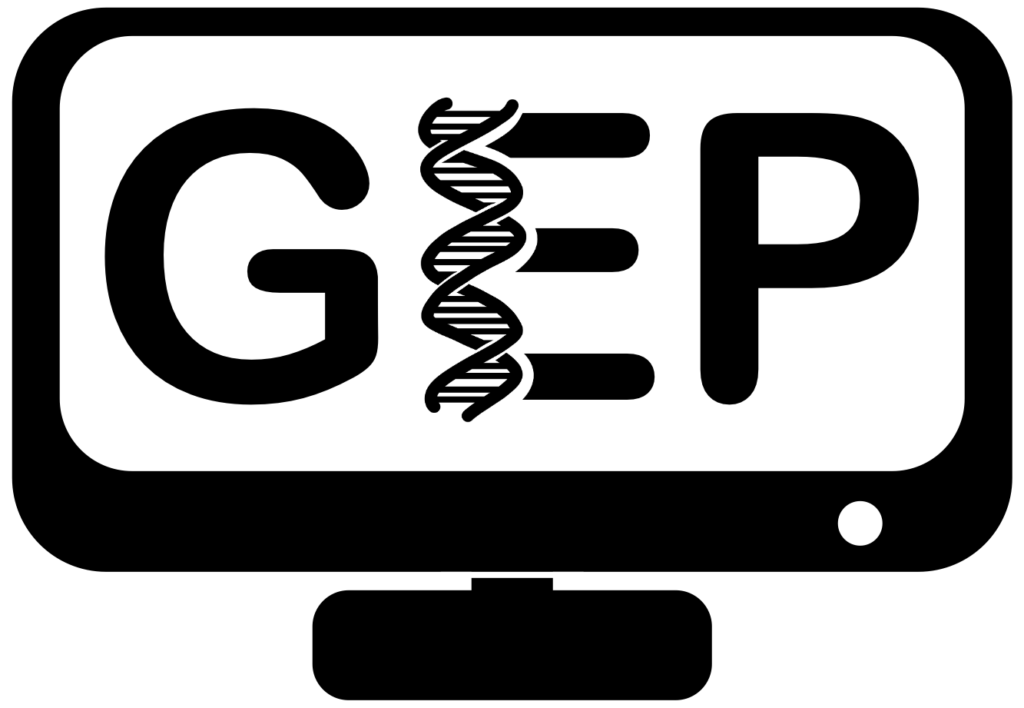Using FlyBase RNA-Seq Tools to Investigate Gene Expression Profiles
This walkthrough illustrates how GBrowse and the RNA-Seq tools at FlyBase can be used to identify genes with similar expression patterns. This walkthrough provides an introduction to the TopoView RNA-Seq track in FlyBase GBrowse, the FlyBase Expression Profile Search tool, and the Expression Similarity Search tool. It also illustrates how the Gene2Function web site can be used to infer the function of a D. melanogaster gene based on the functions of its orthologs in other model organisms.
